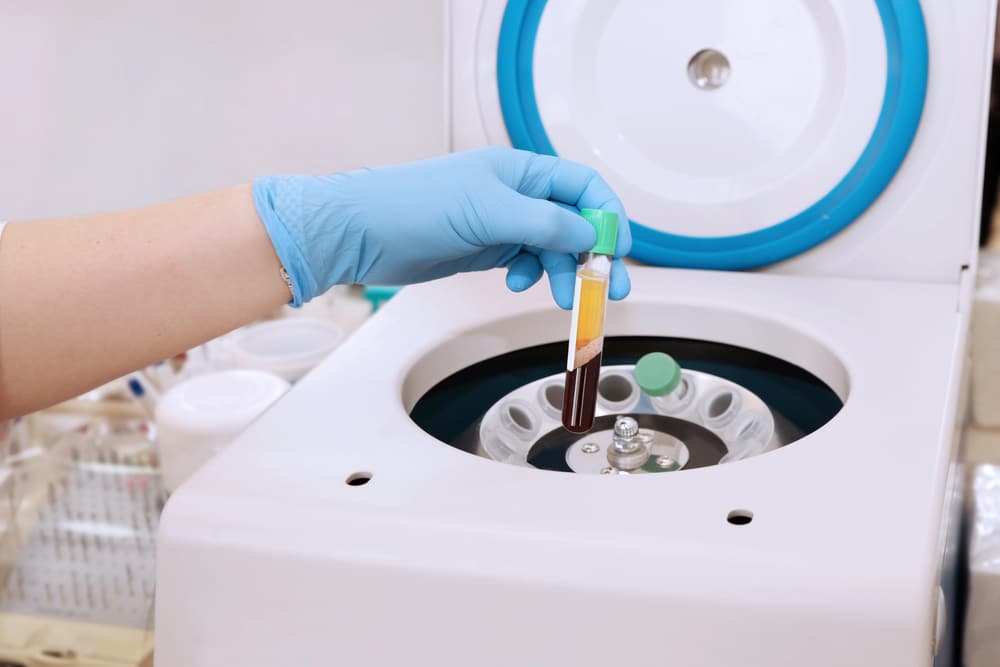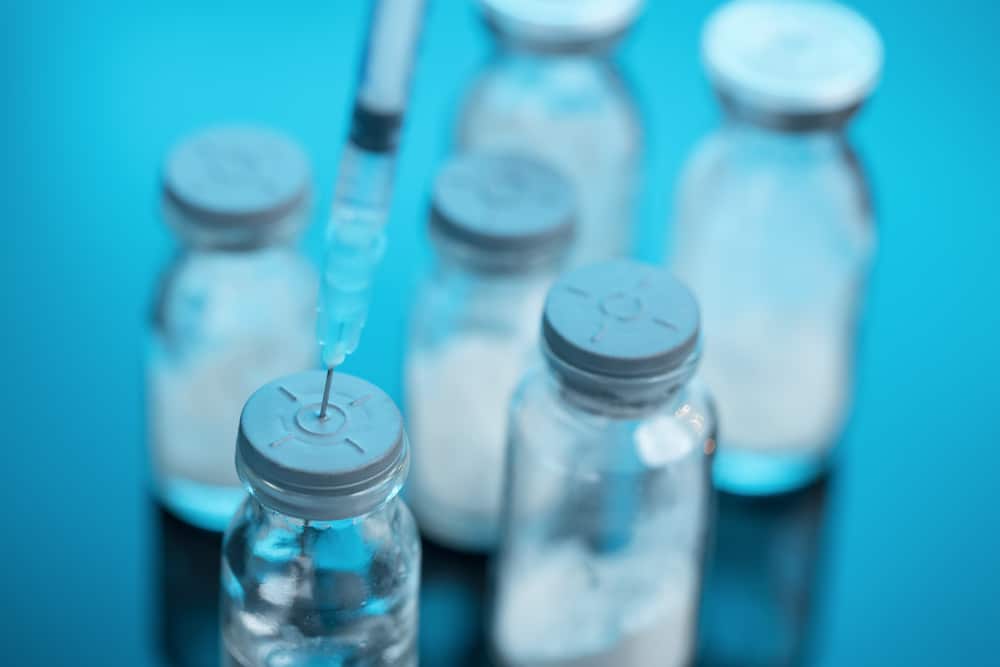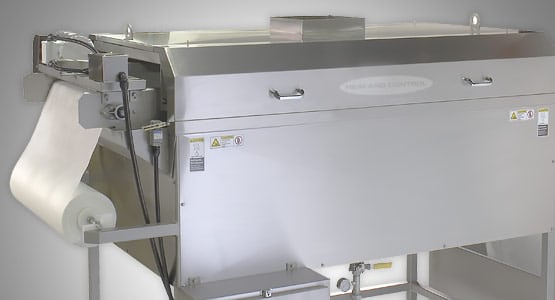Consider this outlook on the future of the nonwovens market.
According to Markets and Markets:
“The global nonwoven fabrics market size is projected to grow from USD 40.5 billion in 2020 to USD 53.5 billion by 2025, at a CAGR of 5.7% from 2020 to 2025. The growth of the nonwoven fabrics market is attributed to the increase in demand for nonwoven products & solutions for hygiene, medical, construction, and filtration applications. The key growth drivers of the nonwoven fabrics market are the growth of the modern healthcare sector in the emerging markets, rise in birth rate, and increase in the geriatric population in the western countries.
COVID-19 impact on global nonwoven fabrics market
“The nonwoven fabrics market is expected to witness significant growth during to the COVID-19. The nonwoven manufacturers around the globe are expanding their production capacity and investing in machinery to manufacture healthcare essentials) in response to the COVID-19 pandemic. The increase in the number of cases worldwide and the growing need for healthcare workers are expected to boost the demand for disposable hospital supplies and nonwoven materials during the forecast period.
“On June 2020, Lydall invested in the new fine fiber melt-blown production line to meet rising global demand for face masks. This new production line will enable Lydall to produce high-quality fine fiber melt blown filtration media for N95, surgical, and medical face masks and significantly increase their supply and help alleviate the shortage of melt blown materials, both in the US and internationally.
“On May 2020, Berry Global has announced an expansion of its Meltex melt-blown capacity, with the addition of an asset to support the growing demand for face masks during COVID-19. The new line will focus on the manufacturing of nonwoven protection materials and filter materials for premium FFP2 (N95) and FFP3 (N99) grade filter media.
On April 2020, Ahlstrom-Munksjo has increased its nonwoven production across its entire protective materials portfolio, in response to COVID-19. The company has expanded its product offering of protective materials for all three face mask categories- civil masks, surgical masks, and respiratory masks.
Driver: Increased demand for nonwovens in healthcare industry
“The use of nonwoven fabrics in medical applications is increasing due to the introduction of products with reduced costs for use in cost-sensitive hospitals. Products, such as disposable & reusable surgical gowns, drapes, gloves, and instrument wraps, are widely used in hospitals. Several government initiatives to control HAIs (Hospital Acquired Infections) promote the use of nonwoven medical products, such as disposable patient gowns, drapes, and linens that help reduce the spread of HAIs.
Restraint: Availability issues associated with raw materials
“The availability of raw materials is one of the most important factors that have a direct impact on the end-product market. In nonwoven fabrics, more than 80% of the raw material fibers are synthetic. Some of these raw material fibers, such as polyester and cotton, are available in large quantities and at affordable prices; others, such as carbon fibers, glass fibers or high tenacity yarns, and aramids, are costlier and not easily available.
Opportunity: Proliferation of new technologies
“Technological enhancements have led the textile industry to witness high growth in most of its product segments, especially for nonwoven fabrics. New technologies are expected to bring down production costs, thereby rendering the manufacturing of nonwoven textile commercially feasible. Incorporation of nanofiber and high-performance material technologies are emerging as alternatives to traditional membranes, creating new opportunities for nonwoven manufacturers.
Challenge: Volatility in raw material prices
“Higher costs for raw materials moderately hamper the growth of the global nonwoven fabrics market. The market is influenced by shifts in the consumers’ needs, high oil prices, and global trade patterns. Polypropylene prices might not increase or collapse over the medium-term from their present levels, although the oil market is inherently volatile. This increase in oil price leads to an increase in the input cost of intermediary goods, which will result in either transferring the price to customers or lowering the margins. The fluctuations have a cascading effect on the prices of finished product.
Spunbond widely preferred for bulk nonwoven production
“Based on technology, the spunbond segment is projected to be the largest market for nonwoven fabrics. The dominant market position of the segment can be attributed to the increase in the demand for these spunbond nonwovens across various applications in hygiene products, construction, coating substrates, agriculture, battery separators, wipes, and filtration. Spunbond is one of the most preferred technologies through which nonwoven fabrics can be produced in higher quantities.
Significant increase in the hygiene products during COVID-19 pandemic
“By application, the hygiene segment is projected to be the largest segment in the nonwoven fabrics market. Nonwovens are used as an alternative to traditional textiles in hygiene products due to their excellent absorption properties, softness, smoothness, strength, comfort & fit, stretchability, and cost-effectiveness. Owing to the spread of the COVID-19 pandemic, the demand for nonwoven fabrics for hygiene applications is also accelerating, bringing more opportunities for the manufacturers operating in the nonwoven hygiene products.
APAC region to lead the global nonwoven fabrics market by 2025
“The APAC region accounted for the largest market share in 2019. Factors such as improving global economy, expanding working population, rising domestic demand for hygiene products are expected to boost the market for nonwoven fabrics. The market for nonwoven fabrics in APAC is growing in the automobile, agriculture, geotextiles, industrial/military, medical/healthcare, and construction industries due to the unique functional properties offered by nonwoven fabrics, such as hygiene and safety, cost-effectiveness, durability, strength, lightweight, versatility, user-friendliness, environmental-friendliness, and logistical convenience.
“To know about the assumptions considered for the study, download the pdf brochure
Key Market Players
“The nonwoven fabrics market is dominated by a few globally established players, such as Ahlstrom-Munksjo (Finland), Berry Global Inc. (US), Glatfelter Company (US), DuPont (US), Lydall Inc. (US), Fitesa (Brazil), TWE Group (Germany), Freudenberg Group (Germany), PFNonwovens (Czech Republic), among many others.
Scope of the Report
“This research report categorizes the nonwoven fabrics market based on polymer type, layer, function, technology, application and region.
On the basis of polymer type:
“PP
“PE
“PET
“Wood pulp
“Rayon
“Others (PA, PC, polyester, natural fibers, and biopolymers)
On the basis of layer:
“Single-layer
“Multilayer
On the basis of function:
“Disposable
“Non-disposable
On the basis of technology:
“Spunbond
“Wet laid
“Dry laid
“Others (electrostatic spinning and flash-spun)
On the basis of application:
“Hygiene
“Medical
“Filtration
“Automotive
“Consumer products
“Building & Construction
“Others (geotextiles, agriculture & landscape, industrial/military, office & stationery, leisure, and shoes & leather)
On the basis of region:
“North America
“Europe
“Asia Pacific
“Middle East & Africa
“South America
Recent Developments
“In June 2020, Suominen developed a nonwoven material for the manufacturing of face mask applications. The new nonwoven has passed European Standard EN 14683:2019 Type II requirements in terms of filtration efficiency and pressure drop. Developed in cooperation with VTT, this new material is the latest addition to the FIBRELLA family. FIBRELLA Shield is already in production at Suominen’s Nakkila plant. Currently, the plant is capable of producing material for approximately 15 million masks per month.
“In May 2020, The Johns Manville plant in Spartanburg, South Carolina, started production this month to make nonwoven fabrics that will be used for the manufacturing of disposable medical gowns. The new polyester spunbond nonwoven is designed for the production of Level 3 medical gowns. The fabric offers superior liquid barrier performance compared to materials used for Level 1 and Level 2 medical gowns while also providing comfort and stitch strength.
“In May 2020, Fitesa is expanding its capacity by signing four new projects with Reicofil (Germany), a technology supplier. The package includes state-of-the-art equipment that will significantly increase capacity to serve the healthcare and hygiene markets, making nonwovens for medical gowns, drapes, surgical and N95 facemasks, and diapers and sanitary products.
“In April 2020, Suominen strengthened its capabilities for sustainable products by enhancing one of its production lines in Italy. The investment was made in line with the published new strategy and will increase Suominen’s ability to respond to the growing demand for sustainable nonwovens. This investment will improve Suominen’s capability to respond to this need and supports Suominen’s vision to be the frontrunner in sustainability. The total value of the investment is approximately USD 4.5 million.
“In February 2020, Fitesa completed the purchase of Freudenberg’s (Germany) South American hygiene nonwovens business. The sale is limited to the hygiene business, run by Freudenberg Hygiene Brazil Ltda, which has 100 employees. The sale does not affect Freudenberg Performance Materials’ Brazilian and other South American businesses in apparel, shoe, and leather sectors.”









